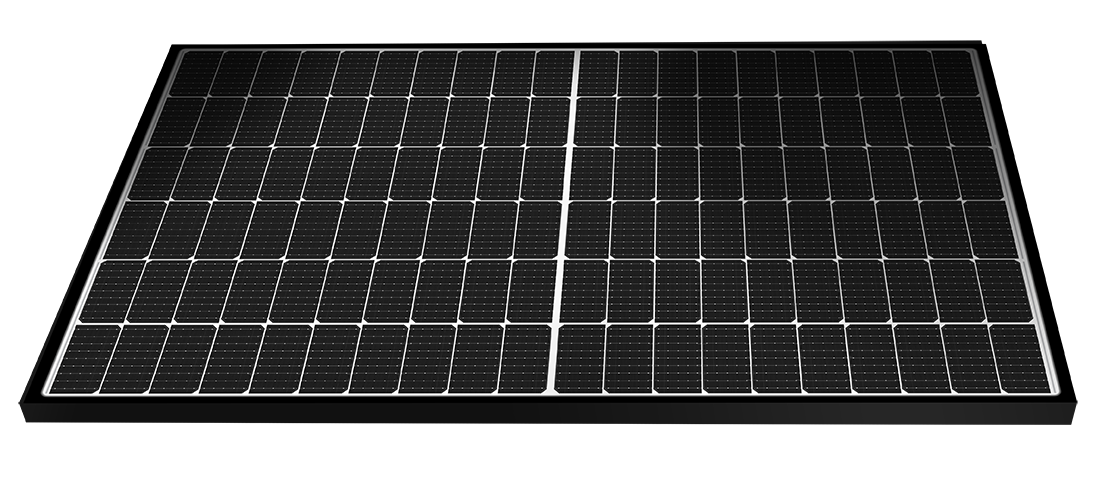The development of PV cell and module technology has been one dictated by both power output and cost. And while n-type technologies, such as heterojunction (HJT), have long demonstrated superior energy yields and conversion efficiencies, lower cost technologies such a p-type passivated emitter rear contact (PERC) were able to achieve high performance at a far lower cost structure.
In 2022, PERC remains the predominant PV technology. Larger wafer sizes, coupled with half-cut cells, high density layouts, and multibusbar cell interconnection, utilizing monocrystalline PERC cells, have delivered high power outputs and module outputs of 400 W to 500 W and even beyond.
However, with PERC cells approaching their theoretical efficiency limit of 24.5%, 2022 has seen manufacturers turn to tunnel oxide passivated contact (TOPCon) and HJT technology, on n-type wafers. And if cost structures, in particular relating to silver consumption for the cell metallization, can be brought down, 2022 may well be seen as the year in which a major technological transition within the solar industry commenced.
“2022 has been an exciting year,” says Molly Morgan, a senior research analyst with UK-based analysts Exawatt. “With the efficiency gains of mono PERC slowing, it has been exciting to see many manufacturers adopt n-type technologies and to see this reflected in the proportion of n-type modules available in the market.”
Records tumble
High-efficiency records were being achieved by manufacturers on n-type technology even before the 2022 got underway. In August 2021, Chinese HJT producer Huasun announced that it had achieved a cell efficiency of 25.26% on an M6 format (166mm) cell – equaling the world record. Cell efficiency above 25% blows past what p-type PERC is able to achieve and is somewhat of a watershed for the industry.
Notably, the production processes that Huasun is developing, along with its production equipment partner Maxwell, represents a departure from the processes that had been used by early developers of the technology, like Panasonic and Sanyo before it.
“Huasun uses microcrystalline and nanocrystalline layers, multiple layers, and a two-layer TCO,” said George Touloupas, the director of technology at quality assurance provider Clean Energy Associates (CEA). “Amorphous silicon absorbs a lot of light. That is why HJT efficiency is on a par with TOPCon today, although it has very high voltage, as it always had high light absorption issues that reduce current. That is one of the major things Huasun is trying to improve now.”
In June, Chinese monocrystalline ingot and wafer giant Longi topped Huasun’s HJT record, hitting 26.5% on an M6 wafer. While it appears that Longi’s first step to n-type production will be upgrading at least some of its PERC lines to TOPCon, it may well still adopt HJT in the near future, and is clearly putting considerable R&D resources into the cell technology.
Notably, HJT capacity is being established outside of China. Re-emerging European PV producers are also pursuing HJT, with Meyer Burger and Enel Green Power leading the way. Singaporean manufacturer REC has one of the longest track records in HJT production among this second wave of producers in its award-winning Alpha series.
This content is protected by copyright and may not be reused. If you want to cooperate with us and would like to reuse some of our content, please contact: editors@pv-magazine.com.




3 comments
By submitting this form you agree to pv magazine using your data for the purposes of publishing your comment.
Your personal data will only be disclosed or otherwise transmitted to third parties for the purposes of spam filtering or if this is necessary for technical maintenance of the website. Any other transfer to third parties will not take place unless this is justified on the basis of applicable data protection regulations or if pv magazine is legally obliged to do so.
You may revoke this consent at any time with effect for the future, in which case your personal data will be deleted immediately. Otherwise, your data will be deleted if pv magazine has processed your request or the purpose of data storage is fulfilled.
Further information on data privacy can be found in our Data Protection Policy.